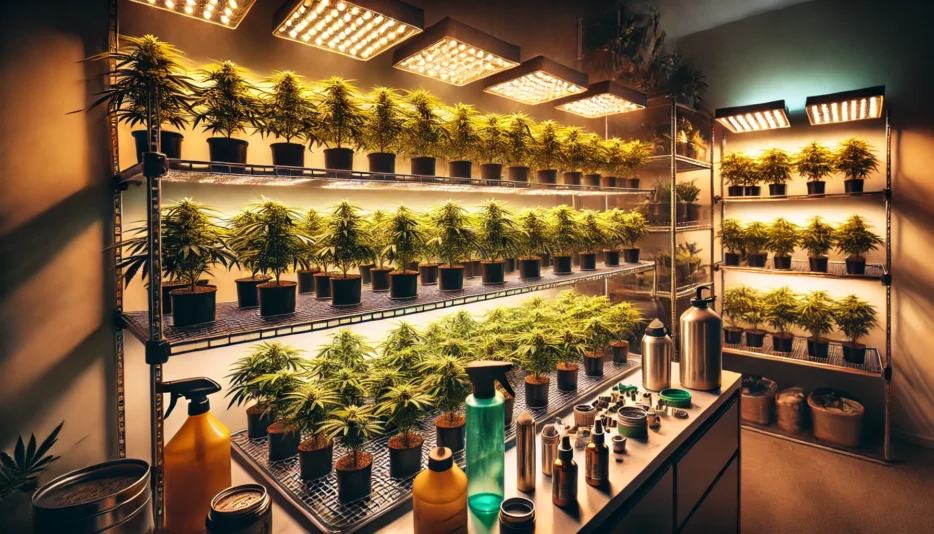The best way to keep your favorite strain, cloning.
If you’re looking for a faster way to grow cannabis, starting with clones instead of seeds can be a great option. Clones are cuttings taken from a mature plant, which means they are essentially copies of the original plant. They offer several advantages and can make your growing process more efficient.
In this guide, we’ll walk you through the basics of clones, the benefits they offer, and how to grow them successfully.

What Are Cannabis Clones?
Cannabis clones are cuttings from a mature cannabis plant that, when planted, grow into genetically identical copies of the original. Unlike seeds, which require germination and have genetic variability, clones already have a head start. They are taken from female plants, meaning you know right from the beginning that they will grow into female plants, which produce the flowers you want.
Clones differ from seeds in several ways. Seeds come with the uncertainty of germination rates and the chance that some may turn out to be male plants, which don’t produce usable flowers. Clones eliminate these risks because they’re already rooted and have the exact same genetic makeup as the parent plant.
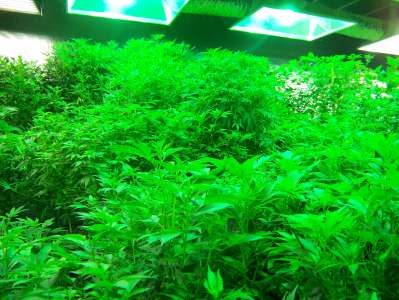
Advantages of Growing Cannabis from Clones Over Seeds
Other than the fact that you cannot clone autoflowers, growing marijuana from clones has lots of advantages:
Faster Growth Cycle
One of the biggest benefits of using clones is that they already have a head start. With seeds, you need to wait for the germination process, which can take up to two weeks. Clones, on the other hand, are already partially grown, allowing you to skip the germination phase and jump straight to growing.
Guaranteed Female Plants
Another advantage of clones is that they are always female, assuming the original plant was female. This guarantees that your clones will produce buds, unlike seeds where you risk growing male plants. Male plants don’t produce usable flowers and can even pollinate your females, leading to lower-quality crops.
Cloning for Consistency in Strains
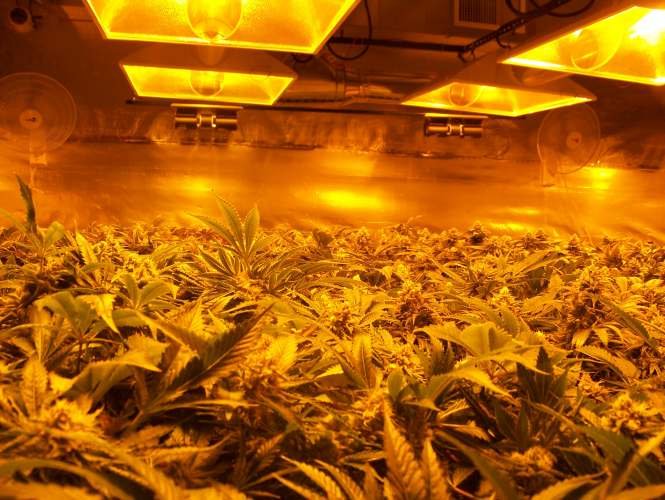
Because clones are exact genetic copies of their parent plant, you get consistent results. If you have a favorite strain with particular qualities you love, clones allow you to reproduce that exact strain with the same characteristics every time.
Reduced Risk of Hermaphroditism
Hermaphroditism occurs when a cannabis plant develops both male and female parts, which can ruin a crop. Clones from stable, healthy mothers are less likely to turn into hermaphrodites than plants grown from seeds, which can sometimes develop these traits under stress.
How to Source Quality Cannabis Clones
When you’re looking for clones, it’s essential to buy from trusted sources.
Buying from Reputable Seed Banks or Dispensaries
To get the best results, purchase your clones from a reputable nursery. These sources usually provide well-established clones that are healthy and ready to grow. Avoid buying from unverified sources, as clones from unknown providers could come with pests or diseases.
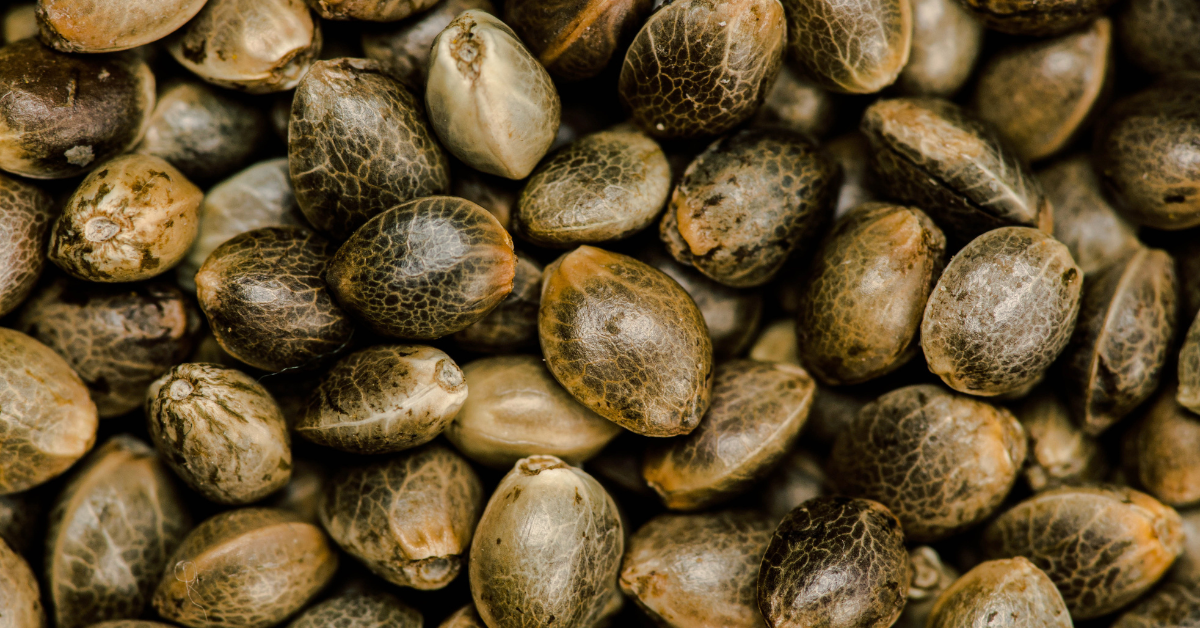
Inspecting the Clone for Health Issues
Before purchasing, always inspect the clone. Look for signs of pests, mold, or discoloration. Healthy clones should have vibrant green leaves with no spots or yellowing. The roots should be white and strong, not slimy or brown.
Choosing the Right Strain for Your Needs
Different strains have different growing requirements and effects. When selecting a clone, make sure it matches your growing environment and personal preferences. If you’re growing indoors, opt for strains that thrive in that setting.
Are clones better than seeds for beginners?
If you get them from a well-known source clones can be easier to grow than seeds because they have already skipped the germination and seedling stage. However, the one major downside is that you cannot clone autoflowering seeds, which are generally known as the best type of cannabis to grow for beginners. If you are using a photoperiod and not an autoflower, then clones are generally easier to grow when compared with growing weed seeds.

Step-by-Step Guide to Growing Cannabis from Clones
Growing cannabis from clones follows a straightforward process. Here’s how to do it step by step.
Preparing the Growing Environment
First, set up the right environment for your clone. Clones need consistent warmth and humidity to establish roots. Use a humidity dome or a similar setup to keep the environment moist while the roots develop. You’ll also need to provide a gentle light source. Fluorescent or LED lights work well because they don’t generate too much heat.
Planting the Clone
Once you’ve prepared your environment, plant the clone in a small pot filled with a light, well-draining growing medium. Make sure the clone’s roots are fully covered, but don’t pack the soil too tightly around them. Water the clone lightly to help the soil settle around the roots.
Caring for the Clone in Its Early Stages
Clones are delicate at first, so they need extra care. Mist the leaves regularly to keep them hydrated, and keep the soil lightly moist but not soggy. Give the clone about 18 hours of light each day. After about two weeks, the clone should develop a solid root system and start growing steadily.
Transitioning to Vegetative and Flowering Phases
Once the clone is established, you can transition it to the vegetative stage by adjusting the light cycle to about 18 hours on and 6 hours off. Feed the plant nutrients designed for the vegetative stage to promote healthy growth. After a few weeks, when the plant is ready to flower, switch to a 12-hour light cycle to trigger the flowering phase.
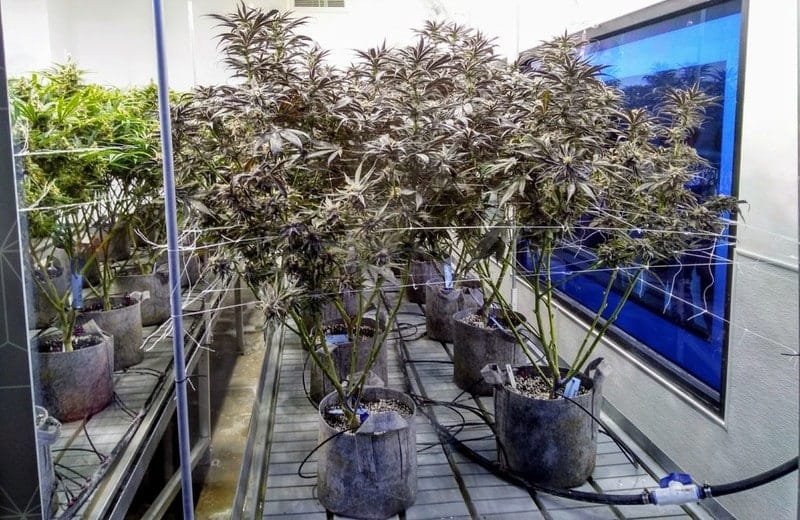
Common Issues When Growing Clones and How to Solve Them
Even though growing clones is straightforward, there are some common problems you might encounter. Here’s how to tackle them.
Rooting Problems
Sometimes clones struggle to develop roots, which can slow growth. To prevent this, make sure the humidity stays high in the early days and that the clone is getting enough indirect light.
Transplant Shock
When you move a clone from its original pot to a larger one, it can experience transplant shock. This happens when the roots are disturbed. To minimize this, handle the roots carefully, and make sure the plant is well-watered after the transplant.
Preventing Mold and Pests
Because clones can be more susceptible to mold and pests, it’s important to keep the growing environment clean. Good air circulation and moderate humidity levels will help prevent mold, while regular inspection of leaves will keep pests in check.
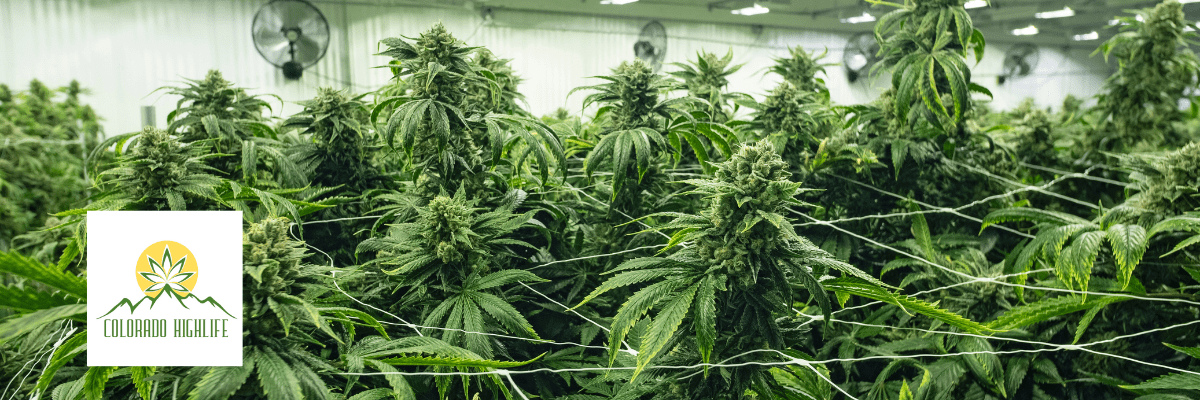
Are Cannabis Clones Legal In The States?
Cannabis clone legality in the U.S. varies by state, as each state has its own regulations regarding cannabis cultivation. As of now, clones are legal in states where cannabis is fully legalized for both recreational and medicinal use, such as California, Oregon, Colorado, and Washington. In these states, dispensaries and licensed growers often sell cannabis clones to consumers. However, in states where only medicinal cannabis is legal, like Florida or Pennsylvania, you can typically purchase clones only if you have a medical marijuana card.
FAQ:
How long do clones take to root?
Clones typically take 7-14 days to develop roots, depending on the environment.
Can I clone from a clone?
Yes, you can clone from a clone, but over time, the genetic health may decrease.
How do I avoid mold when growing clones?
Maintaining good airflow, moderate humidity, and cleanliness in your grow space will help prevent mold.
What light schedule should I use for clones?
Clones need about 18/6 light schedule a day during the rooting and vegetative phases and switching to 12/12 to trigger flowering.

